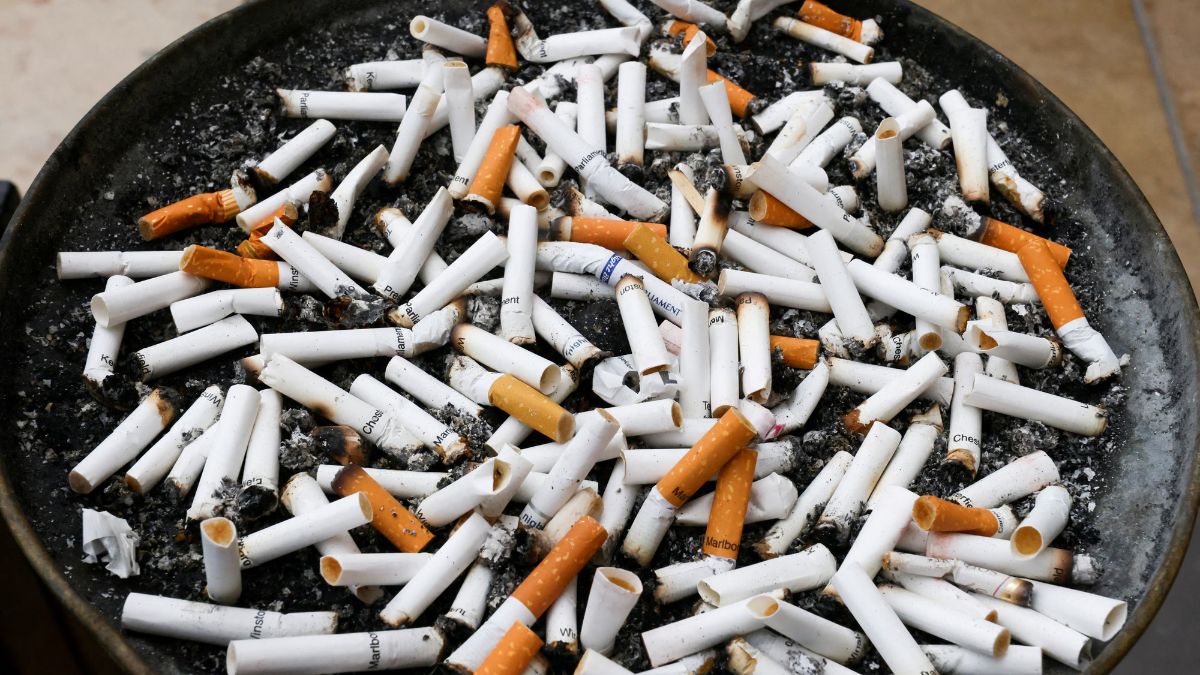Cigarettes still affordable in India, but warning labels see success

India has fully implemented only two of the six WHO MPOWER tobacco control measures aimed at reducing tobacco use. The six “MPOWER” measures include monitoring tobacco use and prevention policies, protecting people from tobacco smoke with smoke-free air legislation, offering help to quit tobacco use, warning about the dangers of tobacco with pack labels and mass media, enforcing bans on tobacco advertising, promotion and sponsorship; and raising taxes on tobacco.
According to data from the newly released WHO Global Tobacco Epidemic 2025 report, unveiled at the World Conference on Tobacco Control in Dublin, India has fully implemented measures related to cessation support and warnings about tobacco’s dangers.
The country has moderately implemented measures related to monitoring tobacco use and protecting citizens from tobacco smoke. While it has undertaken anti-tobacco mass campaigns and enforced bans on advertising, these efforts have not yet met the “best-practice” level.
Between 2014 and 2024, India increased tobacco taxes by 58.2%, but this has not made cigarettes less affordable. In fact, the per capita GDP required to buy 2,000 cigarettes of the most-sold brand decreased on average during this period, indicating increased affordability.
Since 2007, 155 countries have implemented at least one of the WHO MPOWER tobacco control measures to reduce tobacco use at the best-practice level. According to the WHO report, today, over 6.1 billion people are protected by at least one such policy, compared to just 1 billion in 2007.
Four countries have implemented the full MPOWER measures: Brazil, Mauritius, the Netherlands, and Türkiye. Seven countries are just one measure away from achieving the full implementation of the MPOWER package. These include Ethiopia, Ireland, Jordan, Mexico, New Zealand, Slovenia, and Spain.
Forty countries still have no MPOWER measure at the best-practice level, and more than 30 countries allow cigarette sales without mandatory health warnings.
“Twenty years since the adoption of the WHO Framework Convention on Tobacco Control, we have many successes to celebrate, but the tobacco industry continues to evolve and so must we,” said Dr Tedros Adhanom Ghebreyesus, WHO Director-General. “By uniting science, policy and political will, we can create a world where tobacco no longer claims lives, damages economies or steals futures. Together, we can end the tobacco epidemic.”
The WHO Global Tobacco Epidemic 2025 report reveals that the most striking gains have been in graphic health warnings, one of the key measures under the WHO Framework Convention on Tobacco Control: 110 countries, including India, now require them—up from just 9 in 2007.
WHO warns, however, that enforcement is inconsistent, and smokeless tobacco packaging remains poorly regulated.
Other than India, 133 other countries have failed to make cigarettes less affordable. Since 2022, just three have increased taxes to the best-practice level. Meanwhile, only 33 per cent of people globally have access to cost-covered quit services.
Around 1.3 million people die from second-hand smoke every year. Today, 79 countries have implemented comprehensive smoke-free environments, covering one-third of the world’s population.
Health